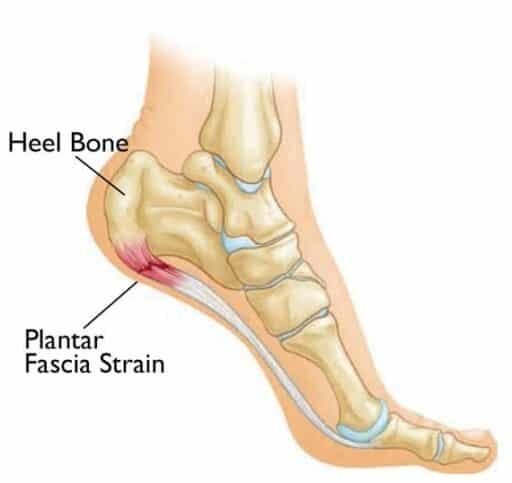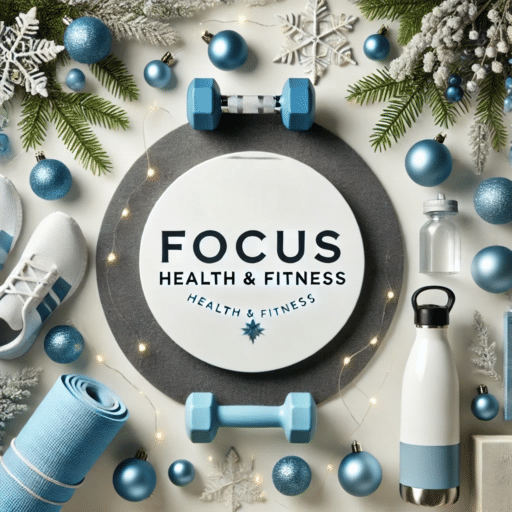Nutrition Game Plan
- Fruit and vegetables are the foundation of all healthy diets, providing fiber, vitamins, minerals, and fluids. Vegetables contain small amounts of protein.
- Low-fat dairy provides high-quality protein, carbs, and essential vitamins such as vitamin D, potassium, and calcium. Sports nutritionists Christine Rosenbloom, PhD, RD, and Nancy Clark, RD, recommend chocolate milk as a good workout recovery beverage. If you are lactose intolerant, you can try yogurt with active cultures.
- Lean meat is a great source of protein, iron for oxygen transport to muscles, and amino acids including leucine, which, Rosenbloom says, is thought to be a trigger for muscle growth.
- Dark-meat chicken, compared to white meat, provides 25% more iron and three times the zinc for a healthy immune system.
- Eggs “contain all of the essential amino acids,” Rosenbloom says. One a day is fine according to the 2010 Dietary Guidelines, but don’t throw out the yolk. According to Rosenbloom, “Half the protein is in the yolk along with other import nutrients like lutein for eye health.”
- Nuts — unsalted and either raw or roasted — are a good source of protein. They also contain vitamins, antioxidants, fiber, and healthy fats.
- Beans and whole grains are quality carbs that contain small amounts of protein for energy and muscle repair along with fiber, vitamins, and antioxidants.
Timing Is Everything
Timing is critical in muscle development because you need carbs and protein to perform strength training and protein and carbs for muscle recovery. The best plan is to eat a diet containing both nutrients and small amounts of healthy fats throughout the day.
“Consuming a protein beverage like chocolate milk within an hour after exercise will give muscle the building blocks it needs when it is most receptive for repair” says Rosenbloom.
If you will be eating a meal within 1-2 hours after a strenuous workout, Rosenbloom says you don’t need a snack and can wait for the meal to provide the recovery nutrition.
How Much?
More than half your calories should come from healthy carbs, Clark says. “Carbs supply fuel for energy and prevent protein from being broken down and used as an energy source. So always fuel up before working out.”
But be careful: It is a delicate balance of eating enough calories to build muscle but not too many calories, which can lead to gaining body fat.
Protein builds and repairs muscle tissue in addition to performing other functions, like producing hormones and immunity factors. The ADA suggests male endurance athletes get 1.2 grams of protein per kilogram of body weight, whereas male body builders may need 1.6 to 1.7 grams of protein per kilogram of body weight.
“Two cups of milk contain about 20 grams of protein, which is the amount recommended to stimulate muscle protein synthesis,” Rosenbloom says.
But most people don’t eat by the numbers. Clark advises her athletes to divide their food into four equally sized meals and choose three out of these four options: fruit or vegetable, grains, healthy fats, and calcium-rich or lean protein at each meal.
“The foundation of each meal is based on healthy carbs, with additional protein like oatmeal with nuts and yogurt, turkey and cheese sandwich with veggies, or spaghetti with meat sauce and a salad. These are all great for body building,” says Clark, author of Nancy Clark’s Sports Nutrition Guidebook.
For a food plan designed just for you, consult a registered dietitian.
Get Muscle-Building Results by Fatiguing Muscles
The only way to build bigger, more defined muscles is with progressive resistance training — gradually increasing weights and endurance. Use a weight heavy enough to cause muscle fatigue after 9-12 repetitions. If you can easily do 13 repetitions with good form, you need to increase the weight.
“It is the act of pushing the muscles past the comfort zone that promotes muscle growth and more definition,” Clark says.
Strength training results show up quicker than aerobic exercise. “It’s encouraging to start seeing enhanced definition fairly soon after working out at least twice a week for 30-45 minutes,” Rosenbloom says.


